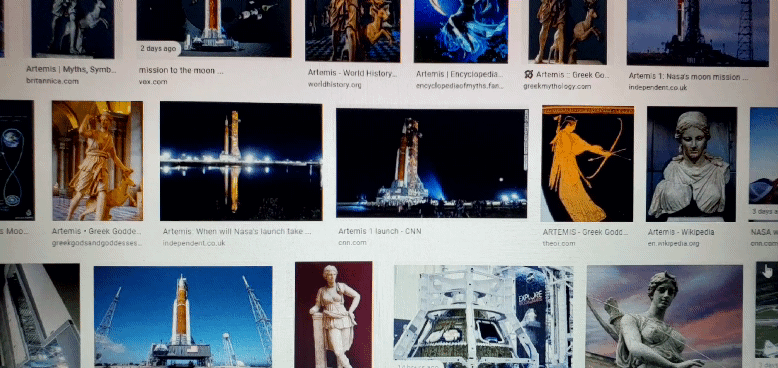NASA's Covert Plans for Moon Missions: What You Need to Know
Written on
Chapter 1: The Surprising Announcement
At 9 AM on August 29, 2022, in Kennedy Space Center, Florida, NASA made a startling revelation that seemed to overlook the necessity for public transparency regarding the use of taxpayer dollars. The agency confirmed the presence of a massive rocket positioned on a launch pad, poised for a lunar journey.
“I was just scrolling through the headlines about Trump and Elon when suddenly it hit me—are we really going to the moon again? Why wasn’t I informed?” exclaimed James Macaroon, a local resident.
NASA refers to this endeavor as the Artemis Mission, which promises to be more ambitious, quicker, and more impressive than any previous initiatives.
NASA: The Artemis Initiative
With the Artemis missions, NASA aims to make history by landing the first woman and the first person of color on the Moon, utilizing cutting-edge technology to explore unprecedented areas of the lunar surface. Collaborations with commercial and international partners will establish a long-term presence on the Moon, paving the way for future human expeditions to Mars.

The purpose of returning to the Moon is multifaceted, encompassing scientific exploration, economic advantages, and the goal of inspiring a new generation of explorers, dubbed the Artemis Generation. By maintaining American leadership in space exploration, NASA aims to foster a global coalition for deep space exploration, benefitting all of humanity.
While it might have been considerate for NASA to notify the public about these plans, it’s evident they have a clear vision for the mission, even if the general populace seems indifferent to the goal of inspiring future explorers.
Despite the hectic atmosphere at NASA, one employee was willing to share her thoughts.
“What? No one knew? That’s surprising. It seems most of us are just focused on seeing Trump behind bars and ensuring women are treated as equals in an America that’s been ‘made great again’ for extremists,” commented Sally Drives, an engineer on the Artemis Booster Program. “We’re gearing up to make significant strides by putting a woman and a person of color on the Moon. Those will be monumental achievements. But yes, I agree, we could do more to engage the public. Maybe NASA could solve the Trump issue too? Imagine telling his followers he’d be the ‘King of the Moon’! What a thought!”
This statement left this reporter feeling inspired.
We thank NASA for all its contributions to keeping America looking towards the stars, transcending our trivial differences and fleeting headlines. As we review the latest images from the Webb Telescope, it seems that the phrase “dust in the wind” still underrepresents the human condition. The further we venture, the more we realize our insignificance—mere specks of fading light in an endless void.
Chapter 2: Understanding the Bigger Picture
As this narrative unfolds, the implications of NASA's plans become clearer. The Artemis missions are not just about the Moon; they represent a leap towards a future where humanity can reach for Mars.
The first video explores the implications of a historic lunar lander that, while it may not achieve its original mission, offers hope for future endeavors.
The second video delves into the mysteries surrounding UFOs and secret space missions, highlighting NASA's potentially dangerous cover-ups.